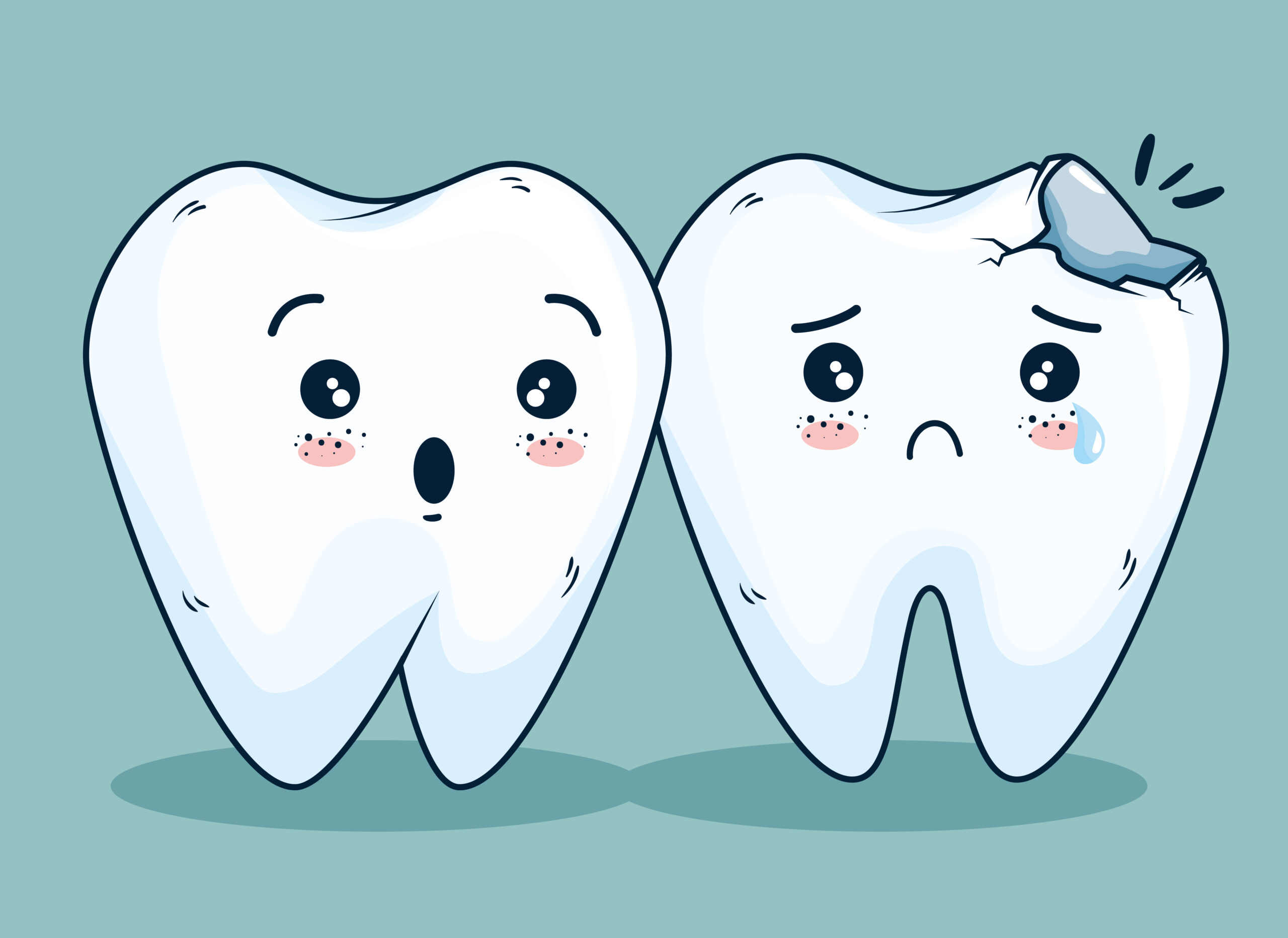Is it a decision to smile makeover which you think about but you are not quite ready to put the cud for veneers? In Test Drive Veneers in Alhambra, CA one can have an opportunity to try a new smile on before deciding to opt for it permanently. This concept of aesthetic treatment is rapidly altering the paradigm of smile makeover. Now let us see what veneer test drive is in essence and why Alhambra is on the brink of becoming the next venue for this vibrant aspect of dental care.
What Are Veneers?
Okay, before we move any further looking into the test drive concept, let’s first take a very brief look at our veneers. Dental veneers are artificial tooth covers, extremely thin, made of tooth-colored material, and placed directly over the facial surface of the teeth. They can be especially useful for a variety of aesthetic concerns ranging from staining, cracks, spaces, and small rotation.
The Test Drive Concept
The concept of Test Drive Veneers in Alhambra, CA may seem very basic, but it is indeed innovative. You do not have to take the word of the dentist that your veneers will look great and fit just fine when you are able to see and feel the potential results for your smile in the computer program. This process usually involves coming up with a provisional set of veneers that has a similar appearance and tactile nature as that of the final veneer.
Why Alhambra, CA?
Alhambra, a beautiful city located in the western part of the San Gabriel valley region of the southern California county of Los Angeles has turned out to be the future haven for superior dental practices. The increasing population increases demand for skilled cosmetic dentist specialists because it is a multicultural city close to other major cities to offer veneer test drives.
The Test Drive Process
- Consultation: The first step in your journey is a complete consultation. A cosmetic dentist, that practicing in Alhambra, will evaluate the patient’s oral hygiene condition and will also identify whether the patient is a suitable candidate for veneers as per the ultimate aesthetic objective of the patient.
- Smile Design: With the help of computer programs such as in modeling, your dentist will take images and reconstruct your likely new smile. This gives you a preliminary idea of what to expect, and when presented in a situation where you are pressed on time, you will be able to guide your clients or associates on the path of identifying the best solution depending on their preferences.
- Temporary Veneers: Depending on the plan developed from the digital design, the temporary veneers are created and placed on your teeth. They are generally created using a ceramic material that gives the appearance of being an irreversible porcelain veneer.
- The Test Drive: These are known as ‘soft’ or ‘trial’ veneers and the patient will wear them for a few days to a week. This period allows you to:This period allows you to:
- In this case, you are able to see how you new smile would look like during the day, at night, in natural and artificial light among other settings.
- Notice how you speak and bite with the veneers on.
- Checking friends and relative’s response
- Decide whether changes in shape, size, color tone or the whole outlook of the plot is required.
- Feedback and Adjustments: Finally, after the Test Drive Veneers in Alhambra, CA, there will be a sit down with the dentist to go through your experience. If necessary, some changes can be made over the design before going for the real veneers which have a permanent nature.
Conclusion
Test Drive Veneers in Alhambra, CA offers a unique opportunity to preview your new smile. This innovative approach ensures satisfaction, boosts confidence, and helps you make an informed decision about your dental transformation.









